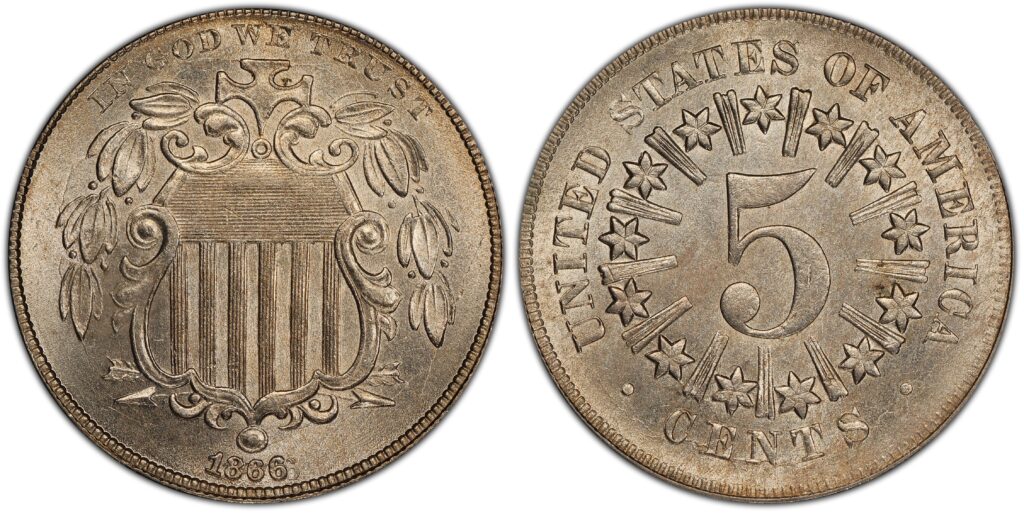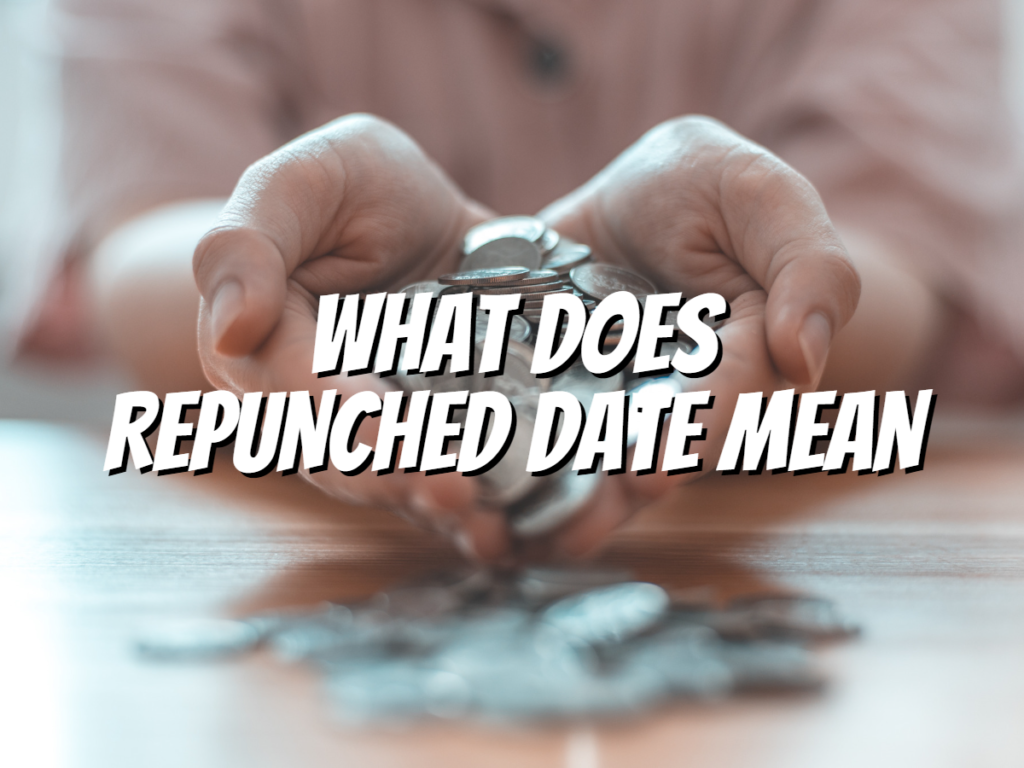Repunched date is a term used to describe when a mint mark has been struck over an earlier one.
This can happen accidentally or intentionally and can be found on both US and foreign coins.
This article will help you understand RPM coins and whether they are valuable.
What Does Repunched Date Mean

A repunched date is when a mintmark or date is punched over an existing one.
This could be for various reasons, but it often means that the coin was made in a different year than what is stamped on it.
For example, if you see a coin with two dates stamped on it, like 1792/1792, then you know that this wasn’t meant to have both dates printed and was probably made in 1792 by mistake.
Repunched Mintmarks (RPM)
Repunched Mintmarks (RPM) is a popular error coin, and it’s also an excellent way to get an error coin for a low price!
This is because mint workers’ errors cause RPMs.
In addition, mint workers often had to do repetitive tasks when making coins—like punching the date into a coin.
Sometimes the mint worker would miss his mark and punch again, which means he punched two dates at once.
You can tell if this has happened if a second line looks punched or two punches in one spot on your coin (you may need a magnifying glass). Suppose you have this kind of mintmark.
Congratulations! You just found yourself an Error Coin!
Why Does a Coin Have a Repunched Date?

A repunched date is when the minting process of a coin has been repeated.
This means that the date on the face of your coin was struck twice, and in most cases, this results in a new number being added to your coin.
The reason why this happens has to do with how coins are made at a mint.
When an image is stamped onto a metal disc, it must be done at just the right speed so that everything is aligned correctly on every side of its surface when it comes off its press plate.
In some cases, the Mint uses coins from the previous year and repunching them with a new date.
Including whether or not there are any letters in between numbers or if they’re centered above one another.
If not properly aligned, it will look like something went wrong: maybe two digits were stamped together instead of one after another; maybe one digit got stuck underneath another; maybe one digit didn’t get stamped at all because there wasn’t enough room left next to where it should’ve been placed; etc.
How Can You Tell if a Coin has a Repunched Date?
To tell if a coin has a repunched date, you need to look at the coin’s date, mintmark, and edge.
- First, look at the obverse (front) side of the coin. This is where you will find all of your digits for the year of issue and where any mint marks are located. A repunched date can be found just below one digit in a series (like 3 or 5).
- Next, flip over your coin and check out its reverse side. Here’s where you’ll notice any reeding around its edge — another sign that this may be an altered piece!
Repunched date and repunched mintmark are both popular error coins.
A repunched date or mintmark is a special error coin that happens when a mint worker tries to place the date and mintmark in the wrong place on a coin.
The error occurs when a worker punches the date or mintmark into a die but removes it and re-stamps it elsewhere.
The resulting coins are highly sought after by collectors because they are rare.
As a result, they often sell for more than their face value in an auction setting, though many people will also buy them from dealers at prices around $100 per coin.

Repunched date coins were made by accident during World War II when there was not enough copper available for making pennies and nickels—currency needed to pay soldiers’ salaries!
Because of this shortage, some pennies were struck at Denver’s United States Mint with dates from 1942 instead of 1943 (or vice versa).
Repunched date coins were also made by accident during periods when there wasn’t enough time to finish producing new dies before beginning production again (for example, after an employee strike).
Before you go…
In summary, repunched dates are widespread on coins. They occurred when a mintmark was applied to a die that already had an earlier date. The most popular repunched dates are repunched mintmarks (RPMs) and double-punched dates. These errors can sometimes be worth several hundred dollars, so if you find one, don’t hesitate!
Check out my next article: “Lincoln Cent RPM – Do You Need This in Your Collection?“
Related Articles:

